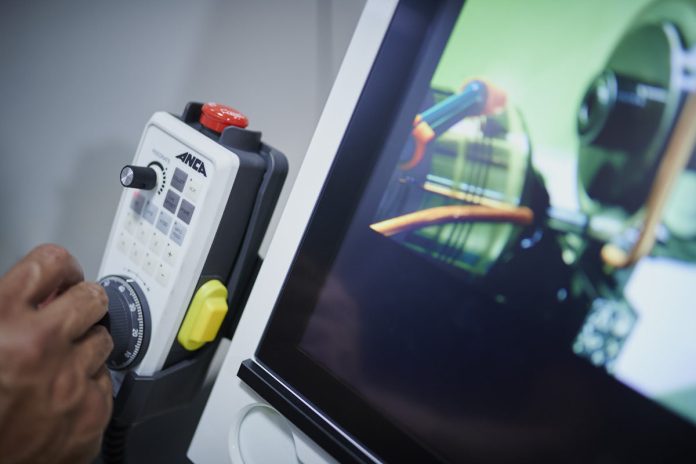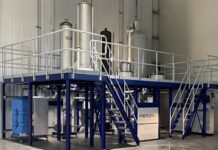
Media Release by ANCA CNC Machines
Australia’s once thriving manufacturing industry has been in decline for several decades, but the push to rejuvenate the sector could generate $50 billion in additional GDP and create more than 400,000 jobs.
Melbourne-based ANCA has been awarded a $3 million grant under the Federal Government’s Modern Manufacturing initiative, which forms part of the Government’s wider $2.5 billion Modern Manufacturing Strategy.
As a world leader in advanced manufacturing, ANCA utilises complex technology to create and improve products used in everyday life such as cars, medical devices, airplane engines and even mobile phones.
“This grant recognises the importance of a healthy manufacturing industry to Australia’s sovereign capability,” said ANCA Chief Executive Officer Dr Chris Hegarty.
This sentiment was backed by Prime Minister Scott Morrison when announcing the grants on 21 April, stating that Government was backing the nation’s manufacturing sector to create jobs and grow the economy, with the grants expected to leverage billions more in additional investment.
Minister for Industry, Energy and Emissions Reduction Angus Taylor added that every manufacturing job created results in at least another three being generated in other neighbouring industries.
Sovereign capability is shaping up to be a key election issue, particularly in terms of Australia’s manufacturing industry.
Compared to other Organisation for Economic Co-operation and Development (OECD) countries, Australia has the highest dependency on manufactured imports and the lowest level of manufacturing self-sufficiency, leading to serious deficits in Australia’s sovereign capabilities.
“The COVID-19 pandemic really shone a spotlight on the importance of a strong local manufacturing industry to ensure Australia’s sovereign capability,” said Chris.
“The offshoring of Australia’s manufacturing capability over recent decades meant we were particularly susceptible to firstly skills shortages and secondly the global supply chain issues that arose due to the pandemic.”
Manufacturing was the largest employer in Australia in the 1980s, accounting for 16.5 per cent of the workforce, but this figure has declined significantly, with less than 1 million people now working in the sector, accounting for just 6.4 per cent of the workforce.
Manufacturing’s contribution to GDP has also been in decline since it peaked at just under 30 per cent in the late 1950s and 60s.
Today, manufacturing’s contribution to GDP has shrunk to around 5.5 per cent, with the decline most pronounced since 2008, partly due to an inflated exchange rate following the resources boom.
The manufacturing trade deficit has also more than quadrupled since the turn of the century, now standing at $180 billion per year.
A 2020 report by the Australia Institute’s Centre for Future Work shows renewal of Australia’s manufacturing sector could generate as much as $180 billion in new sales, $50 billion in additional GDP and more than 400,000 jobs.
While a renewal of the sector could be a boon for employment, a shortage of skilled workers highlights further risk to Australia’s sovereign capability.
A recent report by Engineers Australia showed that demand for engineers hit a 10-year high last year, further highlighting the ongoing skills crisis.
“You can’t build back the manufacturing industry if you do not have the workforce with the required skill sets,” said Chris.
“Finding and retaining skilled workers has become increasingly difficult, particularly during COVID when our international borders were closed, which prevented us from being able to import skills to address shortages.
“Building skills at home is the first step to ensuring Australia’s sovereign capability and highlights the importance for government and industry to work together to establish vocational education and training programs ensuring the workforce can grow with the industry.”
All of these factors are likely to become key topics of debate on the campaign trail ahead of the 21 May Federal Election.




















